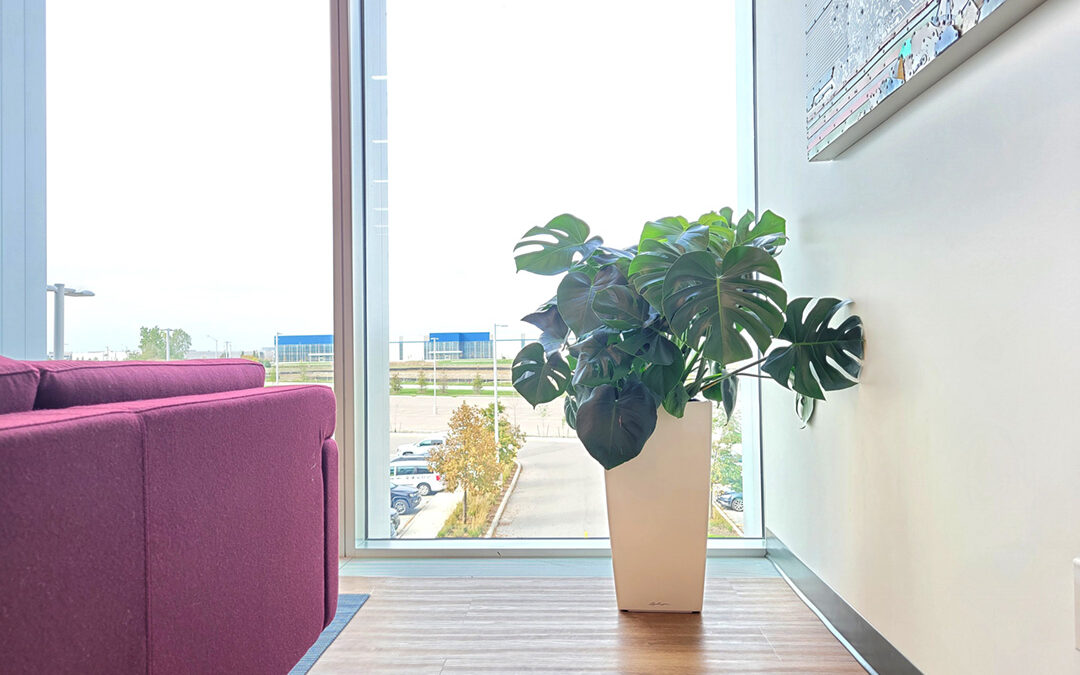Meet the Monstera Deliciosa: The Iconic Tropical Plant With Wild Vibes
If you’ve ever scrolled through plantspiration on Instagram or Pinterest, chances are you’ve come across the leafy stunner known as Monstera deliciosa. With its glossy leaves and easygoing nature, this tropical beauty has become a favorite among plant lovers and interior designers alike. But Monstera is more than just a pretty face—there’s a whole story behind those iconic split leaves.
What is Monstera deliciosa?
Monstera deliciosa is a tropical plant native to the rainforests of Central America. In the wild, it climbs trees with aerial roots and can grow to impressive heights. In your home or office, it stays more tame but still makes a bold, sculptural statement.
The name “deliciosa” refers to the fruit it can produce in ideal conditions—it’s said to taste like a mix of pineapple and banana (though eating it prematurely can be toxic!).
Why Everyone Loves It
- Aesthetic Appeal: Its large, split leaves bring a lush, jungle-like vibe to any room. Whether styled solo or in a plant corner, it instantly elevates the décor of your office.
- Low Maintenance: It’s relatively easy to care for, especially for beginner plant lovers.
- Air Purifying: Like many houseplants, Monstera helps improve indoor air quality.
- Fast Growing: Under the right conditions, you’ll see new leaves unfurl frequently, which is always a joy.
Care Guide: Keeping Your Monstera Happy
Light: Bright, indirect light is best. A few hours of filtered sunlight will help it thrive, but harsh direct rays can scorch the leaves.
Water: Water when the top 2 inches of soil are dry. They don’t like to be soggy, so ensure your pot has drainage.
Humidity: As a tropical plant, it appreciates a bit of extra humidity. A bathroom with indirect light? Perfect. Otherwise, misting or a humidifier helps.
Fertilizer: During the growing season (spring and summer), feed monthly with a balanced houseplant fertilizer.
Repotting: Monsteras grow fast and like to stretch their roots. Repot every few years, especially if roots are circling the bottom of the pot.
Support: In the wild, Monsteras climb trees. You can mimic this by giving it a moss pole or stake to grow on.
Fun Facts
- Monstera is not a true philodendron, though it’s often confused with one.
- The holes in its leaves are thought to help them withstand heavy rain and wind in the rainforest.
- It can live for decades with the right care!
Common Issues
- Yellowing Leaves: Usually a sign of overwatering or lack of fertilizer.
- Droopy Leaves: Can be due to underwatering or root-bound conditions.
- No Fenestrations: Younger plants often have solid leaves; fenestrations come with age, light, and health.
Final Thoughts
Monstera deliciosa is more than just a tropical plant—it’s a vibe. Bold, tropical, and full of character, it brings life to any space and rewards you with beautiful growth. This plant makes a great addition to your office plant collection. Ask your interior landscape contractor for more information!
